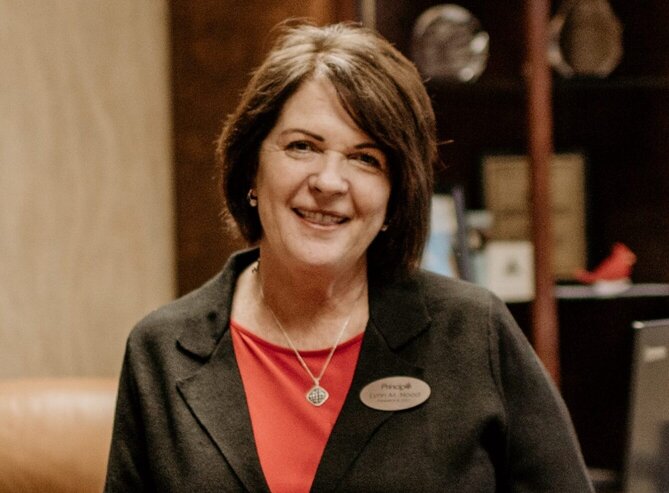
A 15-point percentage gap exists between the number of women working in healthcare and women fighting for respect in leadership roles, according to a new report from a leading career website.
“Women don’t seem to be climbing the corporate ladder” and remain under-represented the higher up one goes, even in industries where women dominate, LinkedIn News wrote. Women make up approximately 70% of the healthcare workforce yet hold just 55% of leadership roles, according to the LinkedIn report.
Although there are notable exceptions, the issue remains significant among the skilled nursing ranks, veteran observers agree.
The president of Health Dimensions Group, a women-owned and led healthcare group, said the disparity is “a critical issue that demands attention and resolution.”
“Skilled nursing and senior living organizations need to create a more inclusive workplace culture that supports diversity and gender equity,” said HDG President and Principal Amber Rogotzke. “This includes offering equal pay, providing professional development opportunities, promoting work-life balance, and considering benefits such as equal parental leave which help to balance gender wage gaps.”
Four out of the five roles on the executive leadership team at Health Dimensions Group are held by women, including CEO and executive vice president of operations. Women also hold a majority of leadership roles at the vice president level.
Healthcare worse than average
A report published Tuesday by the US Government Accountability Office on women in the workforce found in its analysis of Census data that women in management roles did grow but by less than 2 percentage points between 2018 and 2021. Across all industries, women comprise 47% of the workforce and 42% of managers, according to report authors.

Lynn Hood, CEO of Principle LTC, a growing skilled nursing company that operates 45 facilities in North Carolina, Kentucky and Virginia, recalled her early days in the sector during an interview Wednesday with McKnights Long-Term Care News.
“There was no woman at the top that I ever knew of,” said Hood, who began as a CNA and worked her way up to administrator in the 1980s.
She saw a marked difference after moving to a large national provider in the early 1990s. The company had a large number of female regional vice presidents. Still, the C-suite there remained all men.
Hood said she believes women continue to pay a price at work for their personal lives, noting that many are likely better, more organized leaders because they’re used to juggling family and household obligations in addition to workplace responsibilities.
“Perhaps we’re missing the mark on education for men and women about setting that equal playing field,” she said.
A question of style, impressions
She added that education — both formal and informal — will play an important role in advancing more women in skilled nursing in the future. Whether they come up on the nursing side or the business side of a long-term care operation, skilled nursing managers need more education on effective leadership and management styles. And owners may need to be more open to different leadership styles.
She also called for company and government policies that offer more support for childcare and for women (and men) who leave the workforce temporarily to raise their children.
Women also need more mentors, a mission Hood, a 2021 McKnight’s Women of Distinction Hall of Honor inductee, has made her own.
Rogotzke agrees with the need for mentors and said that men, too, need to see women as leaders.
“There needs to be a concerted effort from both women and men leaders to identify and mentor women with leadership potential,” she said, adding that industry associations should expand awards programs that recognize strong women leaders.
“When women receive recognition for their success, that serves as an example and inspiration for young women in their career development,” she pointed out.




